Is your heat pump not heating, not cooling, running constantly, or not turning on? These problems and others have specific causes that homeowners can easily rectify.
Heat pumps are efficient heating and cooling systems that use refrigerant to transfer heat between buildings and other sources. Air-source heat pumps that transfer heat between indoor and outdoor air are traditionally installed in houses. Air-source heat pumps come in ducted and ductless varieties.
Diagnosing your heat pump’s problem is easiest when you identify the symptoms first. Whether your heat pump is freezing up, short-cycling, leaking water, or emitting strange odors, there are solutions to your heat pump’s problems.

Upgrade Your Heating with Our Heat Pumps: Click to Explore!
1. Heat Pump Not Heating
One significant advantage of heat pumps is the ability to heat and cool homes using the same components. Heat pump owners simply select the heating mode on their thermostats when the seasons change, and their heat pumps switch functions.
Heat pumps operate differently in heating and cooling modes. Although switching modes is easy for homeowners, the heat pump’s functions are a little more complicated. In heating mode, the outdoor heat pump unit is the evaporator, absorbing heat from the outdoor air, and the indoor unit is the condenser, releasing the heat into the home. The heat pump reverses the refrigerant’s flow to initiate this process.
A few scenarios might prevent a heat pump from heating:
-
Clogged air filter: When did you last change the air filter? Air filters trap contaminants to improve the home’s air quality and preserve the HVAC system. Dirty filters obstruct the system’s airflow, resulting in inadequate air to heat.
Wash reusable filters and replace disposable ones when they’re dirty. How often you should change the air filter varies, but every 30 to 90 days is typical. - Broken reversing valve: The reversing valve reverses the refrigerant’s flow to switch between cooling and heating modes. A stuck or broken valve prevents the heat pump from changing functions. Hire a professional to assess the valve and replace it if necessary.
-
Thermostat issues: Several thermostat issues can prevent the heat pump from heating. First, ensure the thermostat is set to heating mode, and the fan is set to “auto.” If the settings are correct, the thermostat might be incorrectly calibrated and inaccurately measuring the temperature. Check the owner's manual on recalibrating it, or call a professional. The thermostat might need to be replaced if it’s faulty.
A working thermostat with poor electrical connections prevents the heat pump from responding. Broken or disconnected wires interrupt signals between the thermostat and the heat pump. An HVAC technician or electrician should handle electrical issues. - Outdoor unit is blocked: Snow around the outdoor unit or debris inside it blocks the airflow. Air-source heat pumps transfer the outside heat inside and require steady airflow. Remove snow, branches, and other obstructions surrounding the unit. Remove leaves and debris caught inside the unit.
2. Heat Pump Not Cooling
Heat pump owners change their heat pumps to the cooling mode when the weather heats up by selecting the option on their thermostats, and heat pumps automatically reverse the direction of the refrigerant’s flow to deliver cool air to homes.
Heat pumps operate like air conditioners in cooling mode, using refrigerants to transfer indoor heat outside. The indoor heat pump unit serves as an evaporator, absorbing heat and humidity from the home’s air through its refrigerant-filled coils, and the outdoor unit serves as the condenser, releasing the refrigerant’s stored heat to the environment.
Several issues can prevent a heat pump from cooling:
- Wrong thermostat settings: Ensure the thermostat is set to cooling mode and the fan is set to “auto” so that the fan only runs during the cooling cycles. The home’s untreated air is constantly circulated when the fan is set to “on.”
- Malfunctioning reversing valve: The reversing valve switches the heat pump between heating and cooling modes. A stuck or broken valve prevents the heat pump from changing functions. Hire a professional to replace the valve.
- Dirty heat pump components: Dirty indoor and outdoor coils and clogged air filters interrupt the heat transfer. Inspect the outdoor unit for dirt and debris coating the fins and the coil, and clean them. Inspect the indoor coils for dirt. Ice on either of the units is a bad sign. Change the air filter if it’s coated with dust or dirt.
- Refrigerant is low: Refrigerant is the substance that absorbs and moves heat from one coil to the other. Low refrigerant levels reduce the amount of heat that can be moved out of the house. Refrigerant levels don’t diminish unless there is a Freon leak. Call an HVAC service to repair the leak and recharge the refrigerant.
3. Heat Pump Runs Constantly
When functioning correctly, heat pumps run intermittent heating and cooling cycles; they should not run constantly. Long or endless cycles will significantly increase energy bills and weaken the system.
The thermostat’s sensor tells the heat pump to turn on when the indoor temperature is below the thermostat’s setting in heating mode and above the setting in cooling mode. The heat pump runs until the indoor temperature reaches the setting, and the thermostat tells the heat pump to turn off. Therefore, the thermostat is the first component to check when the heat pump runs constantly.
But problems with other heat pump components, such as the air filter, the compressor, the coils, and the refrigerant, can also cause it to run continuously. In fact, the heat pump itself might be incompatible with the home.
- Incorrect thermostat settings: Setting the thermostat too high in winter and too low in summer causes heat pumps to run continuously. Set the thermostat to 78°F in summer and between 68 and 72°F in winter.
- Dirty air filters: Dirty filters obstruct airflow through the system and force the heat pump to work harder and run longer to maintain the indoor temperature. Check your filters, and wash or replace them if they’re dirty. Remember to change the filters every 30 to 90 days.
- Faulty compressor contactor: The contactor controls the power supply to the outdoor unit’s compressor and fan. The system might run constantly if the contactor is faulty. Hire a professional to diagnose contactor issues and replace the part.
- Dirty coils: Dirt and grime on the indoor and outdoor coils reduce the heat the system absorbs, so it might run long cycles to compensate. If it’s been a while since your heat pump was serviced, you should perform some heat pump maintenance to get the system running efficiently.
- Refrigerant leak: A refrigerant leak reduces the amount of heat the system can transfer into or out of your house, and the heat pump runs long cycles to maintain the indoor temperature. An HVAC professional will measure the refrigerant’s pressure, repair leaks, and recharge the refrigerant.
- Wrong sized heat pump: Heat pumps come in varying sizes or capacities to suit different home sizes. A heat pump that is too small for the home in which it’s installed runs constantly to maintain the temperature. An HVAC professional can perform a load calculation determining the proper size for a heat pump, given the home’s square footage and other factors.
4. Heat Pump Not Turning On Outside
Air-source heat pump systems incorporate indoor and outdoor units. The refrigerant flows through lines connecting the two units, absorbing heat at one end and releasing it at the other. Both units are wired to the thermostat, which tells the system to turn on, and the circuit breaker panel, which interrupts electrical currents to prevent fires and other hazards if the units draw too much electricity.
The outdoor unit or condenser contains the compressor, starter capacitor, fan, coil, reversing valve, and other parts. A problem with one of these outdoor components can prevent the condenser from turning on. Indoor issues can also stop the condenser from turning on because the unit connects to components inside the house.
- Improper thermostat settings: Check for a low battery indicator on the thermostat, and change the batteries if necessary. If the thermostat’s display is off, the batteries might already be dead. The circuit breaker may have tripped if the thermostat is hardwired and doesn’t take batteries.
- Power loss: The indoor and outdoor units have separate power switches. Ensure the switch near the outdoor unit is on. Then, check the circuit breaker panel for a tripped breaker switch. To reset the switch, flip it to “off” and then to “on.” Call an electrician or an HVAC technician if the breaker repeatedly trips.
- Obstructed registers: Ensure all the registers or air vents in the house are open. It might only seem like the heat pump isn’t running because the closed vents obstruct the airflow.
- Broken starter capacitor: The starter capacitor in the condenser sends the motor a jolt of energy to start it. Adjust the thermostat to make the heat pump kick on, and listen for a clicking noise from the condenser. This sound indicates a broken starter capacitor. Hire a professional to replace it.
- Malfunctioning reversing valve: The reversing valve reverses the refrigerant’s flow to switch the heat pump between heating and cooling modes. The reversing valve might be broken if the heat pump only functions in one mode. Call a professional to replace it.

Upgrade Your Heating with Our Heat Pumps: Click to Explore!
5. Heat Pump Freezing Up
New owners are often surprised that the heat pump that cools their houses in summer also heats them in winter. How heat pumps work in winter is very similar to how they work in summer. The refrigerant’s flow reverses, and the indoor and outdoor units swap roles. The outdoor unit absorbs the environment’s heat and transfers it inside, as opposed to the indoor unit absorbing the home’s heat and transferring it outside.
In addition, heat pumps have systems to remove any frost that forms on the outdoor coil. There is a problem if a heat pump freezes up in winter. Specific issues can even cause a heat pump’s components to freeze in summer!
- Poor airflow: Snow around the outside unit and debris inside the unit blocks airflow and heat absorption. The refrigerant in the coil becomes too cold and ices over. Carefully shovel the snow away from the unit, and brush the snow off the unit without damaging the delicate metal fins. Cut the power to the unit, and remove leaves and other debris caught inside it.
- Faulty outdoor fan: The fan blows air over the outdoor coil and aids the heat transfer between the refrigerant and the air. The absence of airflow reduces the heat the refrigerant absorbs, and the cold refrigerant forms frost on the coil. Hire a professional to fix or replace a faulty fan.
- Low refrigerant levels: The system absorbs less heat when the refrigerant is low. The outdoor coil might freeze if the temperature drops below 32°F when the refrigerant is inadequate for a normal defrost cycle. A professional can determine if the refrigerant is low and needs to be recharged.
- Malfunctioning defrost timer: Some heat pump models use defrost timers to run the defrost cycles. The heat pump defrost cycle begins when the sensor detects a low coil temperature. The timer initiates recurring cycles every 30 to 90 minutes. A malfunctioning timer might run irregular cycles, allowing the coil to freeze. Hire a professional for defrosting problems.
- Dirty filters: Dirty air filters inside the house obstruct airflow through the indoor components and cause the coils to freeze in summer. Without warm air circulating over the indoor coil, the cold refrigerant causes ice to form on it. Replace the air filter if it hasn’t been changed in the last 90 days.
- Dirty coils: Like reduced airflow, dirt and grime on the coils reduce the heat transferred between the refrigerant and the air. The cold refrigerant causes ice on the coils that the defrost cycle can’t remove. Clean the coils or hire an HVAC technician to perform maintenance.
- Water on outdoor unit: Water dripping onto the unit from leaky gutters forms ice when the temperature drops. Running the defrost cycle might melt it, but thick ice has to be manually removed. First, turn off the electricity supply to the heat pump at the circuit breaker panel. Pour warm water over the ice. Don’t use a shovel or sharp object to chip away at it. Repair the gutter to prevent recurrence.
6. Air Handler Not Working
Air handlers are paired with ducted heat pumps and air conditioners in houses without furnaces. The air handler is the metal cabinet in the house that manages the airflow and contains the evaporator or indoor coil. The air handler also holds the blower and the air filter and sometimes includes electric heat strips for auxiliary heat.
The blower pulls air from the return ducts to the heat pump air handler. The air passes through the filter and over the coil. In cooling mode, the cold refrigerant in the coil absorbs the air’s heat, and the blower pushes the cooled air into the supply ducts and through the home’s vents. In heating mode, the refrigerant’s warmth transfers to the air, and the blower pushes the heated air into the house.
A few issues can prevent an air handler from working:
- Tripped circuit breakers: The air handler is on a circuit separate from the outdoor unit. Check if the air handler’s circuit breaker has tripped. Reset the breaker by moving the switch to “off” and “on.” Hire a professional if the breaker repeatedly trips.
- Bad wiring: Broken, frayed, or loose wires interrupt the air handler’s power supply. Choose a professional to replace faulty wiring.
- Blown blower motor: A dead blower motor stops the fan and halts air distribution. Hire a professional to replace the blower motor.
7. Heat Pump Short Cycling
Is your heat pump running unusually brief heating or cooling cycles? This behavior is called short cycling and indicates problems with the HVAC system. Short cycling prevents the house from cooling or heating because the heat pump doesn’t run long enough. Short cycling isn’t only inconvenient; it places unnecessary wear and tear on the heat pump’s motors and other components because it runs frequent cycles to maintain the temperature.
Short cycling indicates that the heat pump is incompatible with the house if the system has run abbreviated cycles since it was installed. If the heat pump has recently begun short cycling, it likely lies with one of its components.
- Improperly sized unit: A heat pump that is too large for the home’s square footage runs shorter cycles, turning on and off frequently. Heat pumps achieve the thermostats’ setting too quickly when excessively powerful. An HVAC professional can perform a load calculation that determines the proper heat pump size, given the home’s square footage and other factors.
- Dirty air filters: Dirty air filters restrict airflow through the system, which can cause the system to overheat and shut down. Replace the air filter if it's clogged or hasn’t been changed in the last three months.
- Low refrigerant: Low refrigerant reduces the amount of heat the system transfers, and the system might run more frequent cycles to maintain the temperature. The system either has a refrigerant leak, or the refrigerant was undercharged when it was installed or last serviced. A technician can check the refrigerant’s level and top it off if necessary.
- Incorrectly calibrated thermostat: An incorrectly calibrated thermostat inaccurately measures the indoor temperature and can repeatedly cause the heat pump to turn on and off. Check the owner’s manual to find out if you can recalibrate it. Faulty thermostats need to be replaced.
8. Heat Pump Leaking Water
Liquid dripping from or pooling around the heat pump might make you wonder if it has a Freon leak. The heat pump might have a refrigerant leak, but that fluid isn’t refrigerant. Refrigerant escaping from leaks quickly evaporates into the atmosphere and doesn’t leave puddles behind. The liquid leaking from the heat pump unit is likely water due to a refrigerant leak or a problem with one of the heat pump’s components.
Mold growing on the heat pump’s components or near the units indicates a prolonged moisture problem. Water leaks can lead to decay or electrical issues and should be quickly addressed.
- Refrigerant leak: Refrigerant leaks reduce the heat absorbed by the refrigerant, causing it to be colder than usual and form ice on the heat pump’s coils. The ice melts when the heat pump is off, leaving puddles around the unit. Only professionals can resolve refrigerant leaks.
- Cracked condensate pan or clogged drain line: In cooling mode, condensation forms on the indoor coil, collects in the condensate pan, and flows into a drain via the drain line. A cracked pan or a clogged line causes the water to drip and pool around the unit. Inspect the pan, and replace it if it’s broken. Flush the drain line with a vinegar and water solution to unclog it, or hire a professional to perform maintenance.
9. Heat Pump Smells
Have you noticed an unusual smell from the vents that permeates the house when the heat pump runs? If so, the odor is not just a nuisance; it indicates an HVAC issue.
Unpleasant smells from HVAC systems are common; each odor signals a specific problem. Some HVAC system odors are so prevalent that industry professionals have invented terms for them. Dirty sock syndrome sounds like a laundry issue, but it describes the musty smell mold growth emits.
You can narrow down the cause by identifying what the odor smells like. Musty, fishy, eggy, and rancid odors indicate separate issues.
-
Mold growth: Musty odors indicate mold growth near the heat pump, on its components, or in the ductwork. Mold frequently grows on the system’s moist parts, such as the indoor coils and the condensate pan. You will likely smell it when the heat pump is cooling or defrosting.
Mold can cause breathing and health issues and must be completely removed to prevent it from returning. Homeowners can handle small-scale mold removal but hire a professional for large jobs or mold in the ductwork. - Electrical problems: Fishy smells typically indicate serious electrical issues, such as an overheated motor or damaged wires. Turn off the heat pump’s circuit breaker, and don’t use the heat pump until a professional inspects it.
- Gas leak: A rotten egg or sulphuric odor indicates a natural gas leak. Heat pumps run on electricity, so the smell is associated with one of your gas appliances or your gas furnace in your dual-fuel heat pump system. Immediately shut off the gas supply, and call your gas company.
- Animal invasion: A rotting smell indicates that a small animal has died in one of the heat pump’s components or the ducts. Search for the carcass and remove it or call a professional.
10. Heat Pump Doesn’t Switch from Heat to Cool or Vice Versa
Heat pumps are touted for their ability to heat and cool homes with the same system. Heat pump owners must switch the thermostat’s setting from “heat” to “cool” to change modes. The thermostat is the first component to suspect when the heat pump doesn’t switch between modes.
The mechanics behind the heat pump switching modes is more involved, leaving much room for things to go wrong. The refrigerant’s flow through the heat pump actually reverses directions in each mode. To accomplish this process, the check valve, the sliding cylinder, and the reversing valve must operate correctly. Any of these parts might be faulty if the heat pump works fine in one mode and doesn’t work at all in the other.
- Thermostat problems: The heat pump won’t change modes if the thermostat doesn’t tell it to switch. A bad wiring connection or a thermostat calibration issue might be the cause. Hire a professional for wiring issues, and search the owner’s manual to find out if the thermostat can be recalibrated.
- Check valve is stuck: Check valves control which of the two expansion valves the refrigerant uses when the direction of the refrigerant changes.. These self-automated valves can become stuck and require professional help.
- Broken sliding cylinder: The sliding cylinder inside the reversing valve initiates switching modes by sliding in one direction or the other. The reversing valve won’t work if the cylinder breaks or gets stuck. Hire a professional to assess the reversing valve.
- Faulty reversing valve: The reversing valve is made up of many internal parts, and the heat pump won’t switch modes if any components get stuck or wear out. A professional can replace the reversing valve and get the system working again.
Conclusion
It’s concerning if your heat pump is not cooling, won’t switch between modes, or the air handler is not working. These and other issues might be caused by rudimentary problems that are easily resolved. The key to troubleshooting your heat pump problems is identifying the symptoms. Of course, some situations are best left to professionals.
Go ahead and try it:
-
Replace the air filter
-
Calibrate the thermostat or check its settings
-
Clear snow and debris from the outdoor unit
-
Clean the outdoor and indoor coils
-
Reset the circuit breakers
-
Open the registers
-
Remove ice from the outdoor unit
-
Replace a cracked condensate pan or unclog the drain line
-
Remove minor mold growth
-
Remove an animal carcass
Hire a professional:
-
Replace the reversing valve
-
Fix wiring, electrical, and circuit breaker problems
-
Recharge the refrigerant and repair leaks
-
Replace the compressor contactor or starter capacitor
-
Perform heat pump load calculations
-
Replace the fan motor
-
Replace the defrost timer
-
Remove large-scale mold growth or mold in the ductwork
-
Fix gas leaks
-
Replace check valves

Upgrade Your Heating with Our Heat Pumps: Click to Explore!

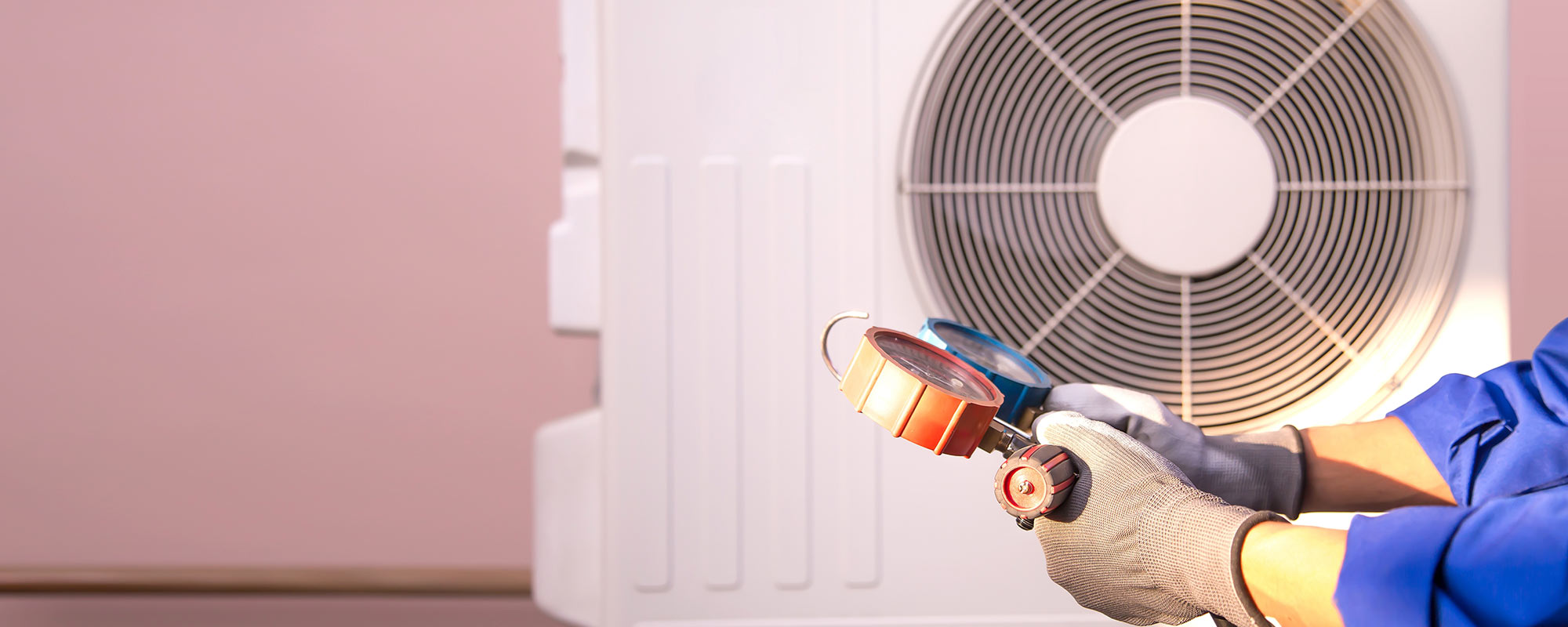
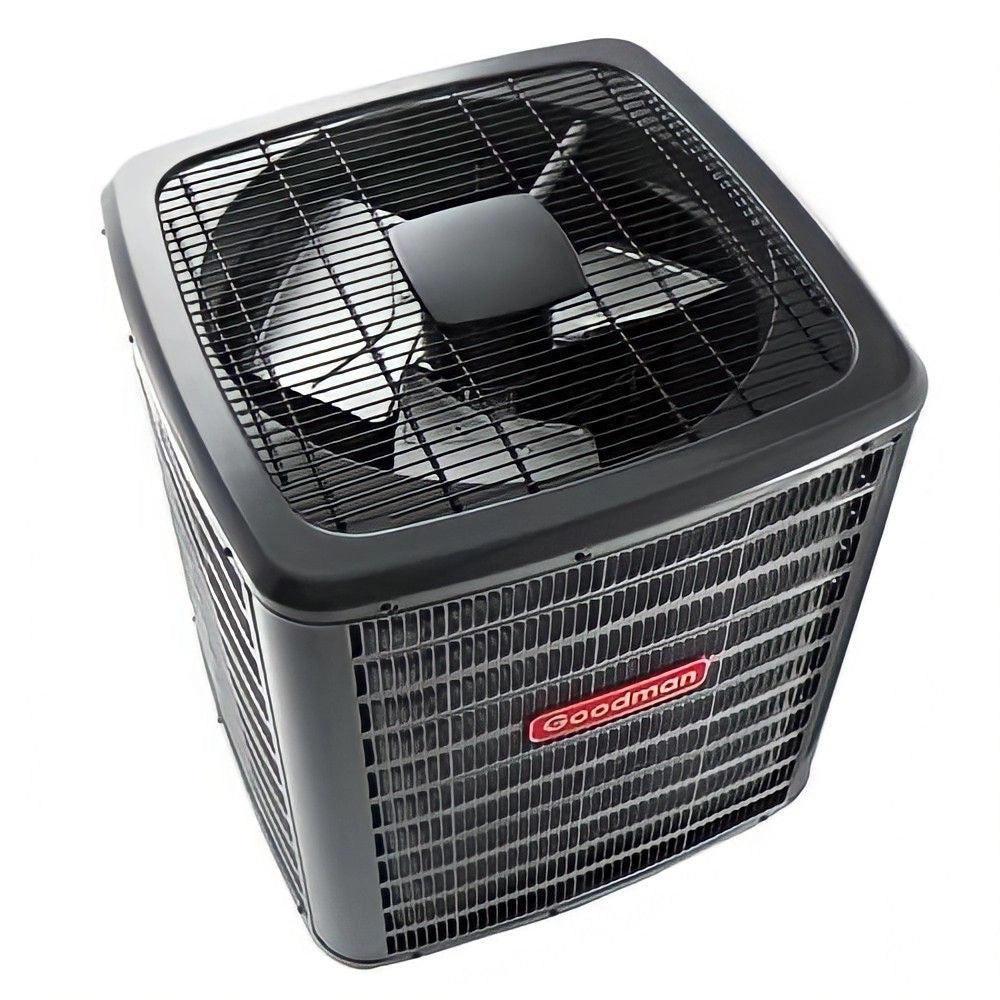
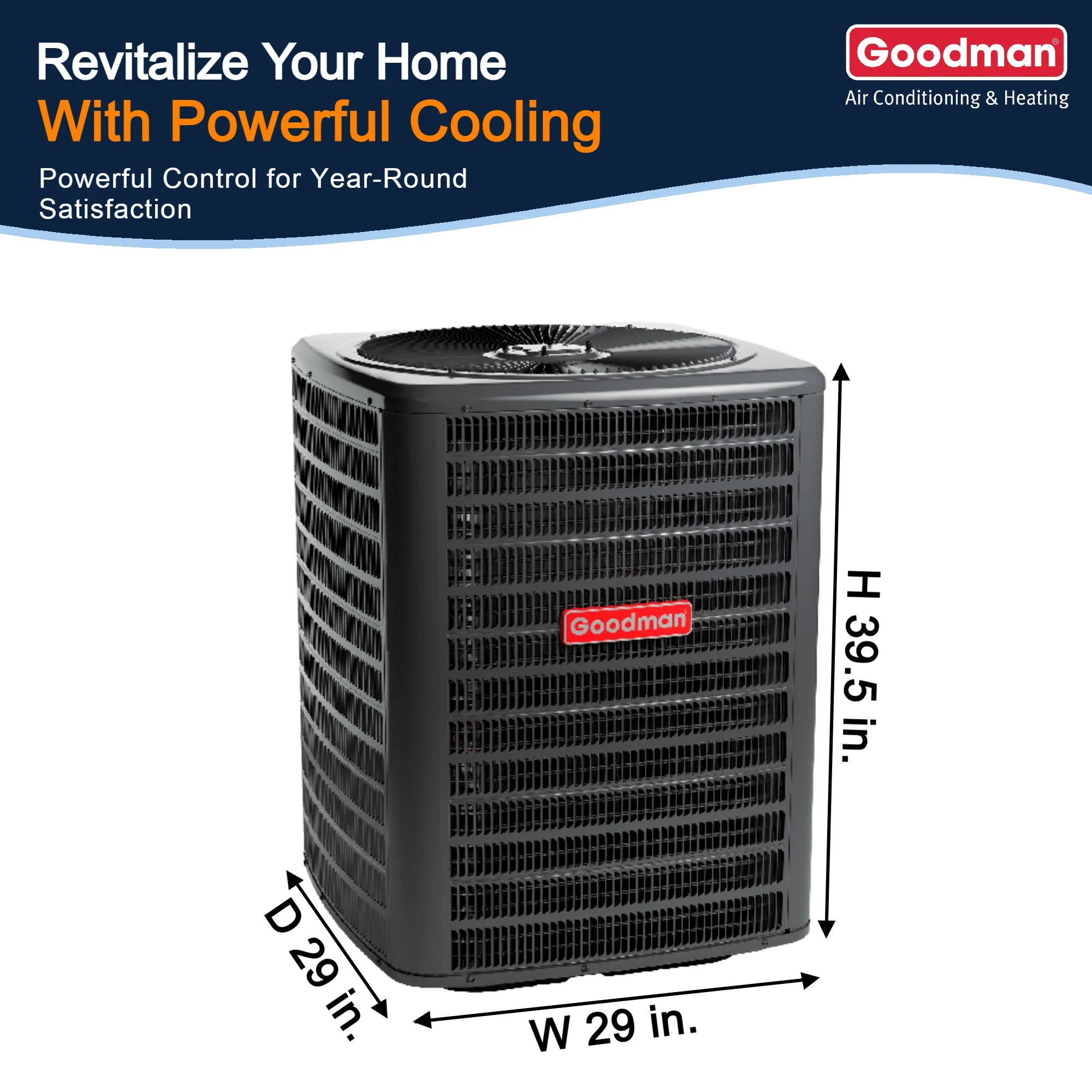
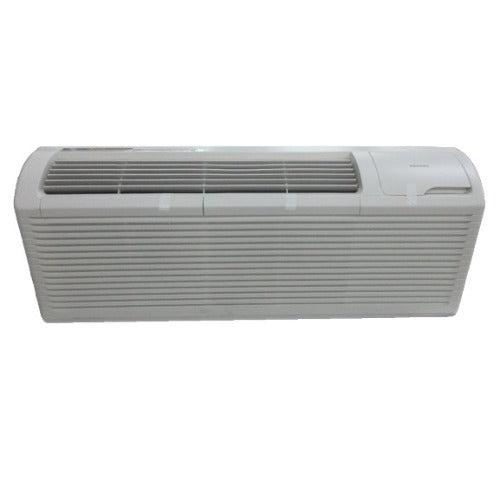
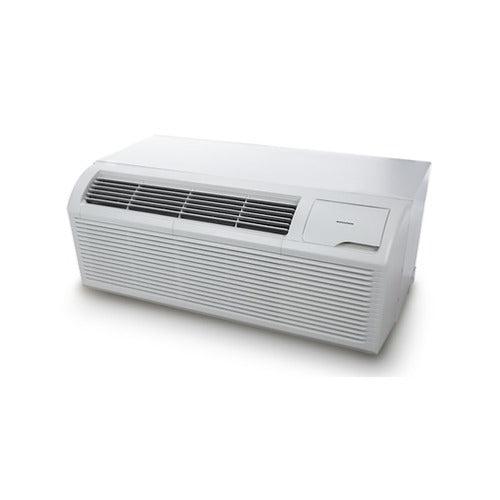
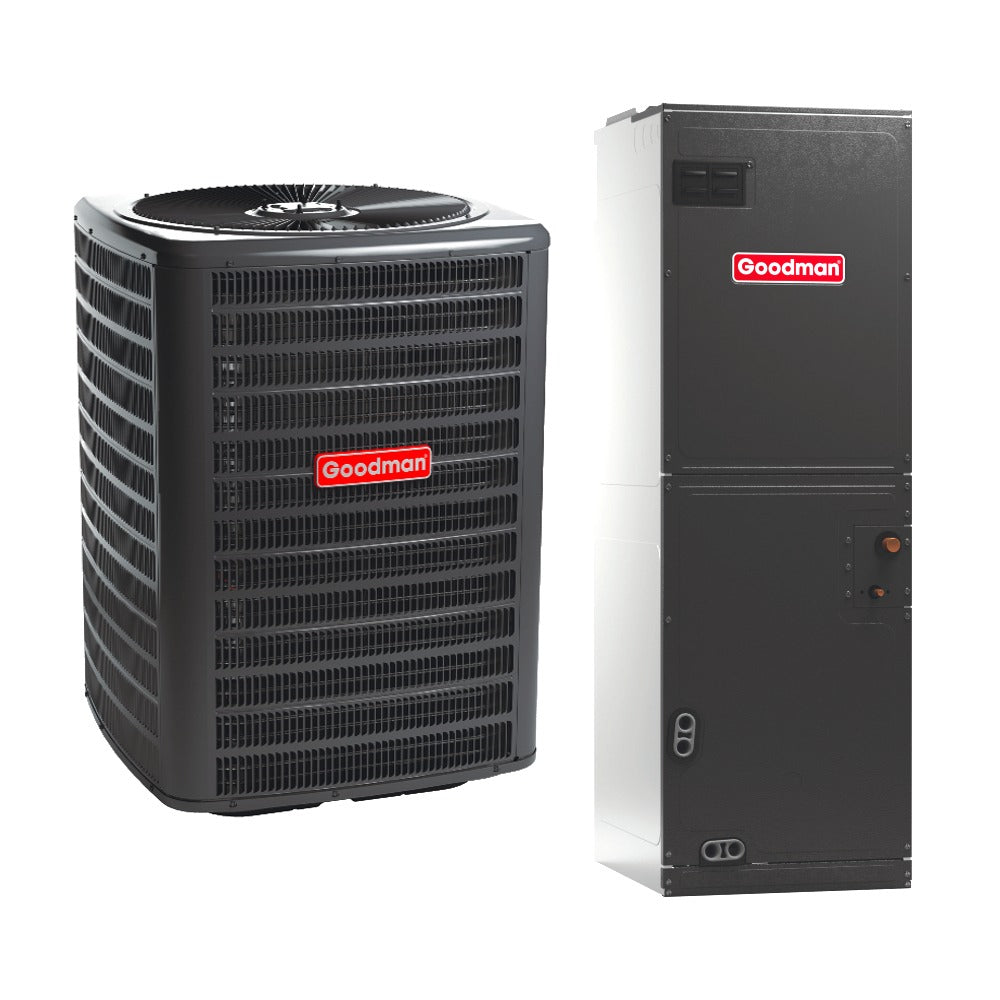
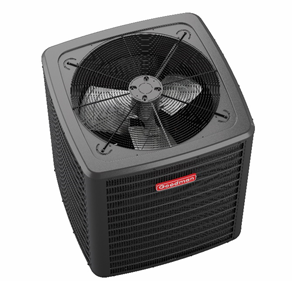
16 comments
Jorvik Alden
“Great topic! A well-structured troubleshooting guide for heat pumps can help homeowners identify and fix common issues efficiently. Covering practical solutions for problems like freezing, short cycling, and inefficiency will make this article highly valuable. Looking forward to it!”
eli
i have my HVAC electric heat pump system release like mold smell randomly it doesn’t have any specific time or day sometimes it doesn’t smell for days then suddenly i smell it for like couple of minutes and then disappeared, tech cant pinpoint the problem, i found it very starnge. any idea?
Shawn
I am a new owner of three heat pumps to one outside fan
They are Direct Air heat pumps and recently the units will show an indicator of “df” and cool down fast and its stays that way for about 10 to 15 minutes then go back to heating
Any advice would be appreciated
The units were installed in late summer of 2024
Thank you
Clover Rayner
This article provides valuable insights into heat pump troubleshooting, highlighting 10 common issues and practical solutions. It’s a must-read for homeowners seeking to maintain efficiency and avoid costly repairs, offering clear guidance on resolving typical heat pump problems.
Erik Verne
“An excellent and innovative article! The ‘Heat Pump Troubleshooting: 10 Common Problems and Solutions’ piece provides clear, practical insights for addressing common issues. Including preventative tips or emerging technologies could elevate it further. Overall, a valuable resource for homeowners and professionals alike!”
Vern
When my thermostat reaches 66 degrees for heat, the auxiliary fuel oil cuts in immediately (2) causing an excessive use of fuel oil. Shouldn’t the heat pump run for (1) for a time first and then go to fuel oil after a certain length of time?
kathy judge
I installed hvac in my upstairs 7 years ago and the unit is in my cavernous attic with what I think is a too small attic fan in the roof. The compressor is by my driveway and during the summer the area has become swamp like! the copper pipe spurts water periodically but I think too much and too often. HVAC guy who installed said “could be an underground spring” I doubt that. If I installed a bigger attic fan would that fix the problem? Other theories would be appreciated.
John Kimura
My heat pump water is too hot to the touch. Sometime too cold no hot water, what is my problem?
Clover Rayner
This article is a valuable resource for troubleshooting heat pump issues. It covers common problems and practical solutions, helping users identify and address issues quickly. Clear explanations and actionable tips make it easier to maintain your system and ensure efficient performance throughout the year.
Mary Jones
A new heatpump at my trailer keeps running . Set at 72 and fine during the night . In the morning left for breakfast and came back the thermastat said 76 in the house. Not matching up. What could be the problem? Have had this serviced several times and it is never corrected. Any suggestions. My summer retreat.
Rotting Corpse
Yeah the heat pump will blow only barely warm air and not do anything, they don’t really work
Joven Ruthford
Mold can cause breathing and health issues and must be completely removed to prevent it from returning. Homeowners can handle small-scale mold removal but hire a professional for large jobs or mold in the ductwork.
Joel
Having so much trouble with my air temp heat pump. My hvac people have been here 10 times. They put in a new thermostat and burned out the board where the blower connects to computer board. Came back and changed something that was wrong in thermo stat. I came home the fan was on not auto and air handler was displaying a 1 on the board. I shut breakers off, put fan to auto then the pumps works for about a day then either shows a 1 in air handhandler and/ or show code 2 = high pressure switch. HELP
Charlie cupp
I have my heat pump set on 70 it will heat until it gets to 70 and then the fan will keep blowing and will not shut off then it will cool down below 70 and the heat will kick back on runs continuously. What is my problem?
Charlie cupp
I have my heat pump set on 70 it will heat until it gets to 70 and then the fan will keep blowing and will not shut off then it will cool down below 70 and the heat will kick back on runs continuously. What is my problem?
Ed H
Thank you for this info. It is helpful. My AMANA unit is short cycling with fan coming on for 1-2 minutes then shutting off for about 2 minutes. Temp. in house is dropping.